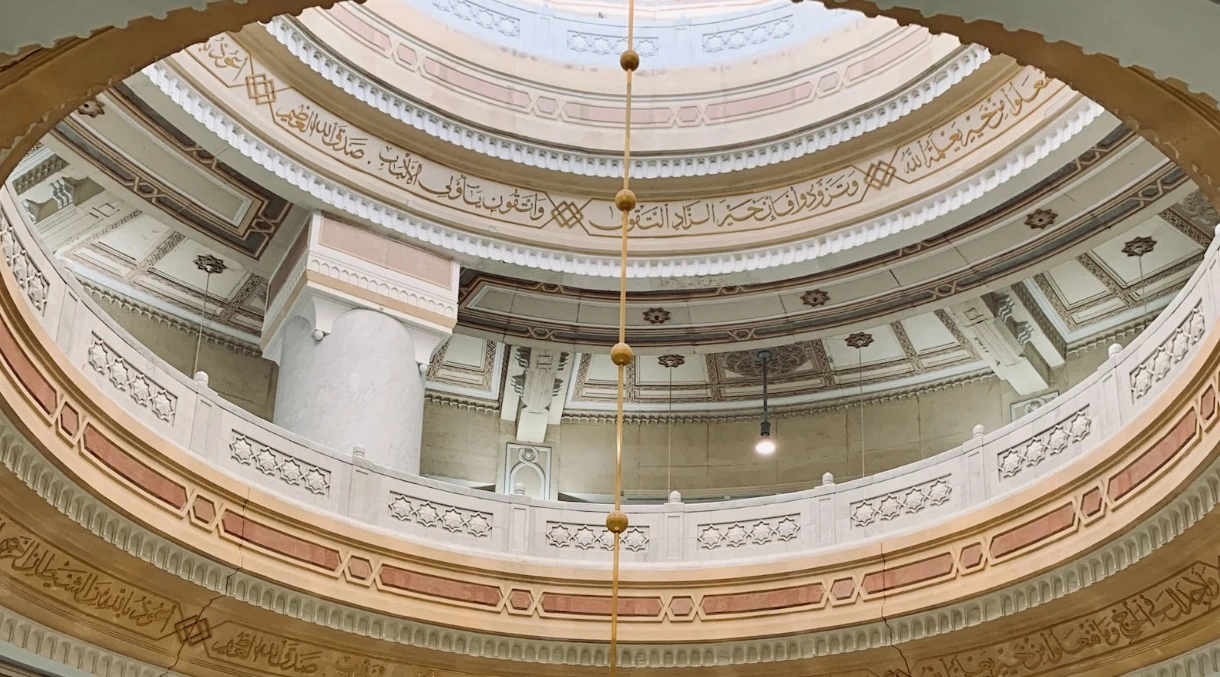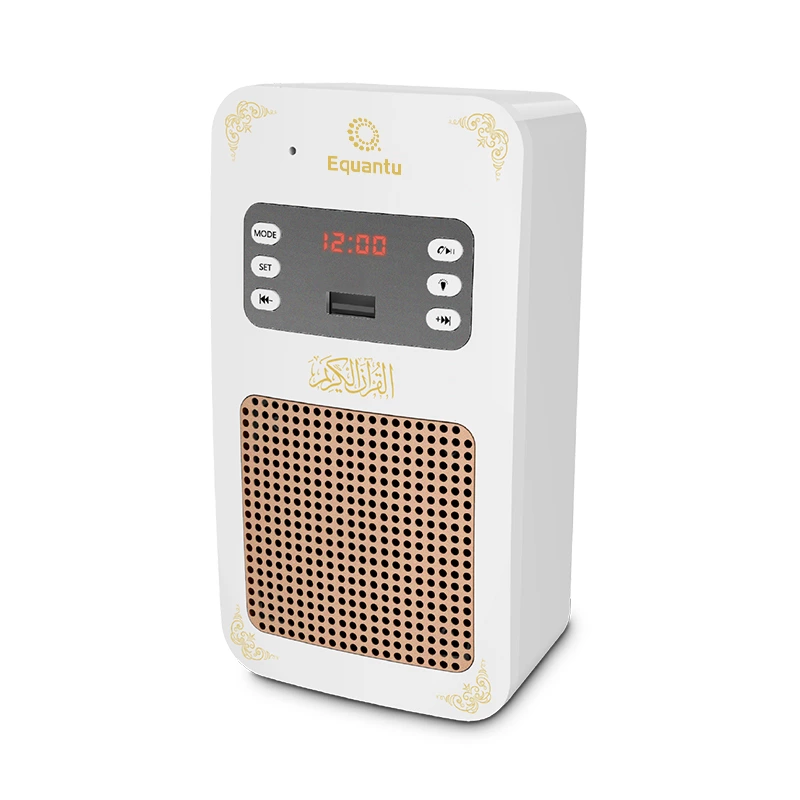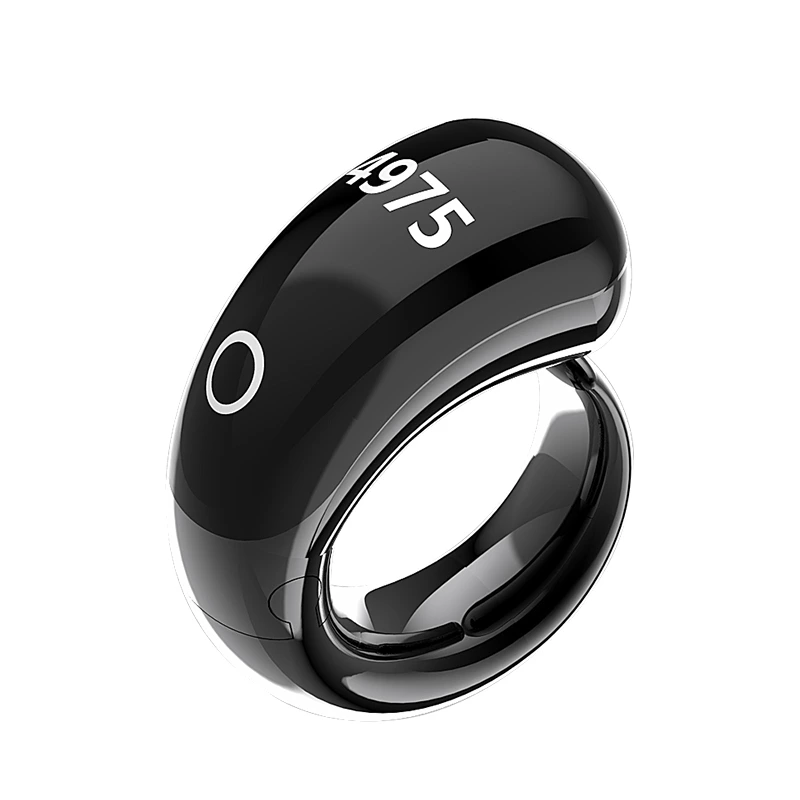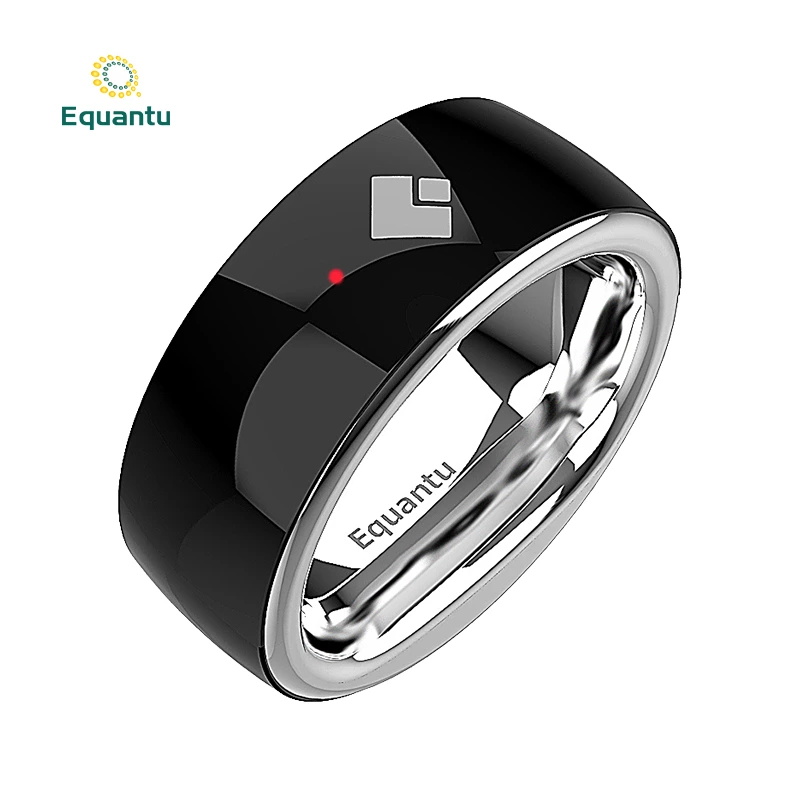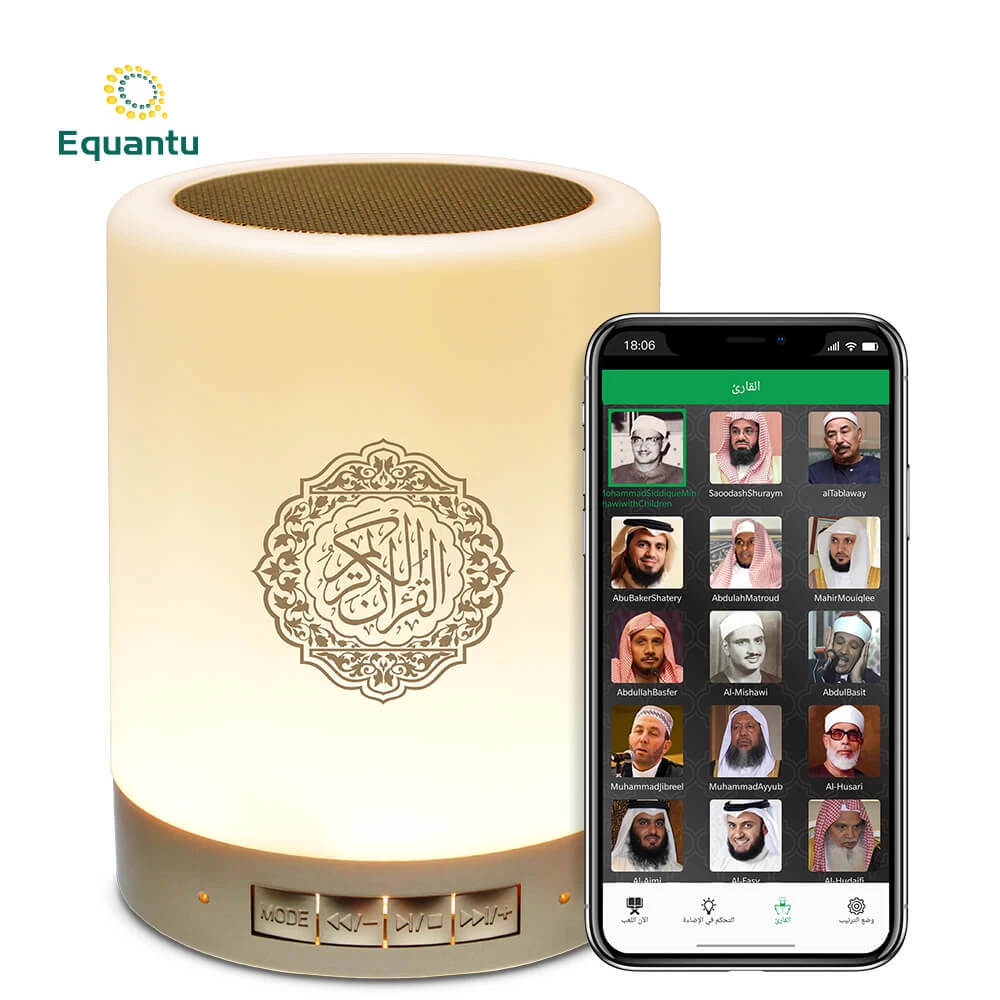Fundamental Geometric Shapes
Islamic geometric patterns primarily utilize simple geometric shapes such as circles, squares, triangles, and stars. Each shape carries its own significance and contributes to the overall harmony of the design.
Circles: Represent infinity and the unity of Allah. Circles are often used as the foundation for complex patterns, symbolizing the infinite nature of creation.
Squares and Rectangles: Symbolize stability and order. These shapes provide a structured framework for more intricate designs.
Triangles: Represent the concept of balance and the interconnectedness of various elements within the universe.
Stars and Polygons: Five-pointed and eight-pointed stars are commonly used, symbolizing the complexity and diversity of Allah’s creation.
Combinations and Symmetry
The true beauty of Islamic geometric patterns emerges from the combination and repetition of these basic shapes. Symmetry plays a crucial role in achieving the intricate and balanced look that characterizes Islamic art.
Symmetrical Patterns: Ensures that the design is balanced and harmonious, reflecting the divine order. Patterns can exhibit rotational symmetry, where the design repeats around a central point, or translational symmetry, where the design repeats along a line.
Interlocking Shapes: Basic shapes often interlock or tessellate seamlessly, creating continuous and unending patterns that symbolize the infinite nature of Allah.
Layering and Overlapping: Multiple layers of shapes can overlap, adding depth and complexity to the design. This technique enhances the visual appeal and creates a sense of movement within the pattern.
Examples of Common Combinations
Star Polygons: Combining triangles to form star shapes, such as the eight-pointed star, is a prevalent technique. These stars often serve as focal points in larger patterns.
Grid Systems: Using squares or rectangles as a grid, artists can align and repeat shapes to create intricate lattice-like designs.
Flower Patterns: Circular patterns with interlocking petals and leaves symbolize growth and the flourishing of faith.
Application in Modern Worship Tools
Modern worship tools like Quran speakers and Zikr rings often feature basic geometric shapes and their combinations, reflecting the rich tradition of Islamic geometric patterns. These designs not only enhance the aesthetic appeal of the products but also imbue them with spiritual significance. For instance, a Quran speaker adorned with an eight-pointed star pattern or a Zikr ring featuring interlocking circles can serve as a constant reminder of divine unity and spiritual harmony.
Conclusion
Basic shapes and their combinations are the foundation of Islamic geometric patterns, embodying mathematical precision and artistic elegance. By understanding these fundamental elements, one can better appreciate the complexity and beauty of Islamic art. Integrating these geometric designs into modern worship tools like Quran speakers and Zikr rings bridges the gap between traditional artistry and contemporary spiritual practices, ensuring that the legacy of Islamic geometric patterns continues to thrive.
